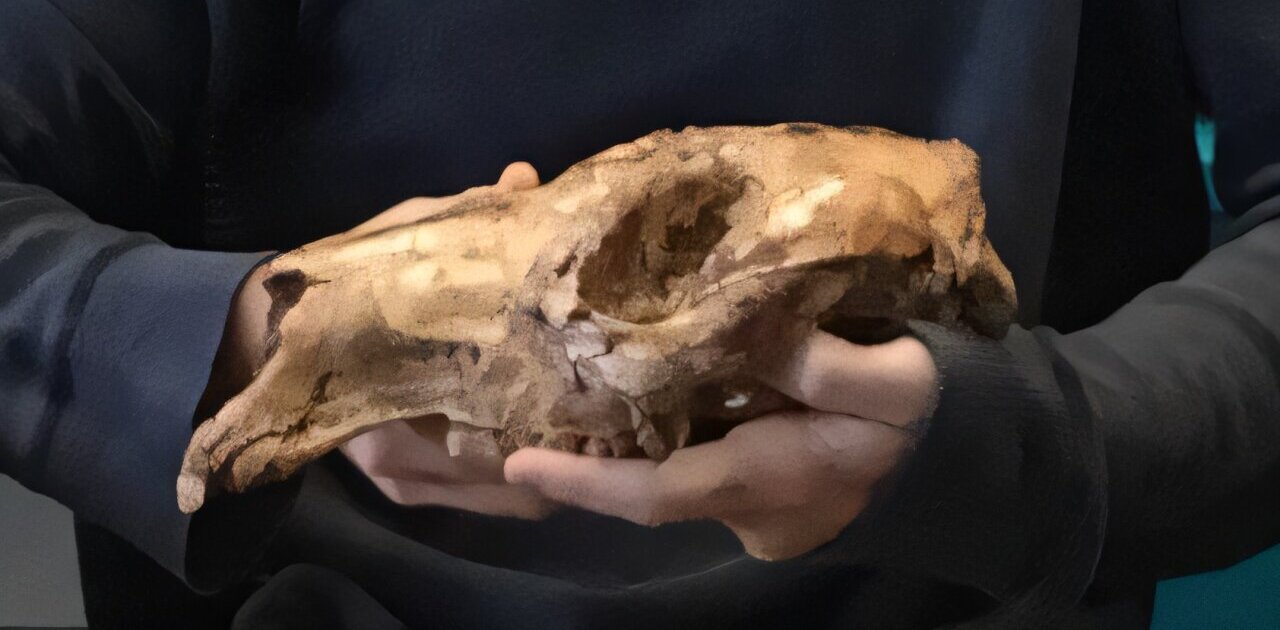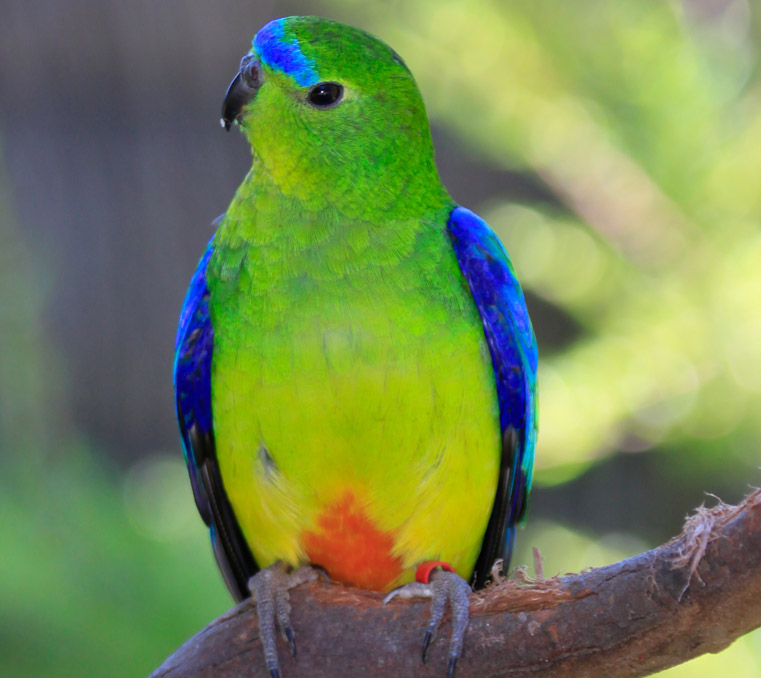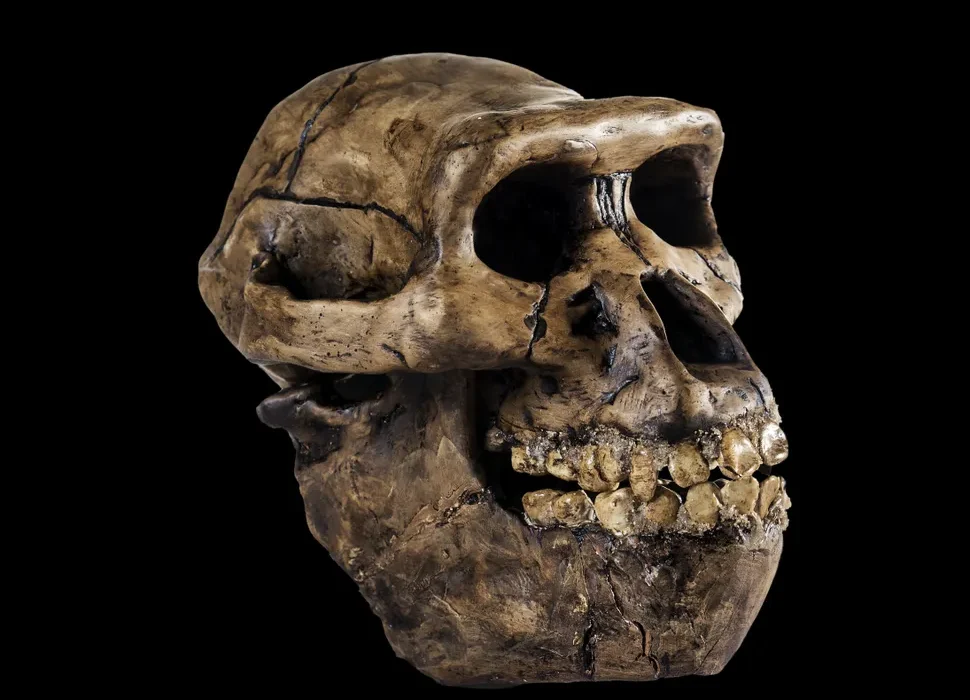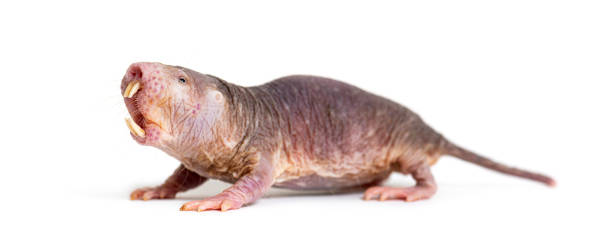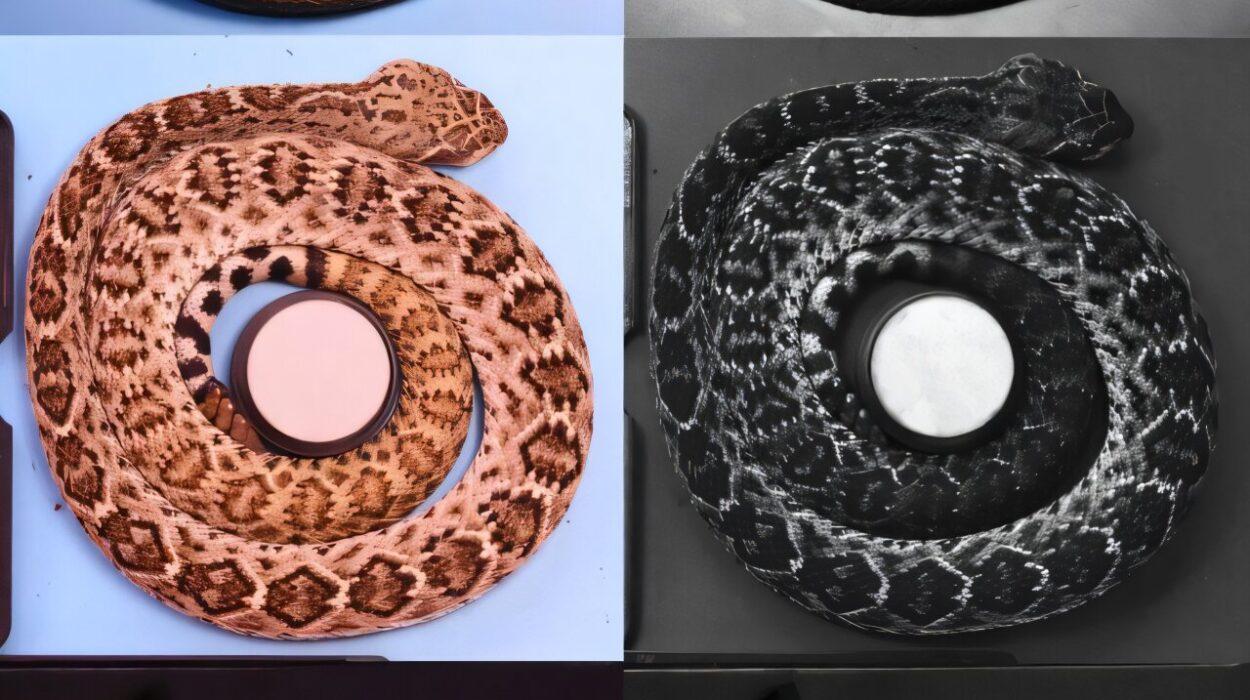Deep in the heart of Australia’s Northern Territory, where ancient bones lie hidden in red earth and sunbaked stone, a remarkable discovery is reshaping what we know about one of the country’s most iconic creatures—the kangaroo. At the Alcoota fossil beds, paleontologists from Flinders University have uncovered fossils that reveal how an ancient species of kangaroo, Dorcopsoides fossilis, helped shape the future of Australia’s modern marsupials.
This discovery is more than just another prehistoric find—it’s a missing link in a story that stretches back millions of years, to a time when the continent was transforming from lush rainforest into the arid land we know today. It’s a glimpse into how one group of animals not only survived those dramatic changes but used them as an opportunity to evolve into one of the most successful lineages in Australia’s history.
The Ancestor That Hopped Before the Kangaroo
Around seven million years ago, during the Late Miocene, the land that is now central Australia was undergoing a slow but profound transformation. The once-dense rainforests were retreating, replaced by dry open woodlands and grassy plains. Amid these shifting environments lived Dorcopsoides fossilis, a creature that, until recently, was known only from fragments—partial jaws, teeth, and a few foot bones first described back in 1967.
Now, thanks to years of meticulous excavation at the Alcoota fossil field, researchers led by Dr. Isaac Kerr from Flinders University have unearthed and analyzed a more complete set of limb bones. What they found has changed how scientists view the evolution of kangaroos and wallabies.
These fossils belong to an ancient group known as the Dorcopsini, or forest-wallabies, which today are found only in New Guinea. But millions of years ago, they also roamed Australia’s heartland. Dorcopsoides fossilis was part of this early lineage—an agile, muscular marsupial perfectly adapted for life on the edge of a drying world.
Tracing the Rise of the True Kangaroos
Modern kangaroos and wallabies belong to a family called Macropodinae—a name that literally means “big feet.” This group includes all living kangaroos and wallabies, from the massive red kangaroo that dominates the desert plains to the smaller forest wallabies that move quietly through shaded undergrowth.
Between 11 and 7 million years ago, as Australia’s climate grew drier and more unpredictable, these macropodines underwent a major evolutionary explosion. With forests shrinking, they had to adapt quickly to the expanding grasslands. The ability to travel long distances efficiently—to hop powerfully and cover vast open ground in search of food—became a key to survival.
But how did that transformation happen? Until now, fossil evidence of how kangaroos’ limbs evolved during this crucial period was extremely limited. The newly analyzed bones of Dorcopsoides fossilis finally offer the missing clues.
The Power in Their Limbs
When Dr. Kerr and his team compared the limb bones of Dorcopsoides fossilis to those of living kangaroos and wallabies, they noticed something fascinating. Although this ancient species shared many traits with modern forest wallabies—particularly those living in New Guinea—it also had features seen in today’s gray kangaroos, which are built for strong, sustained hopping across open terrain.
This combination of traits suggests that Dorcopsoides fossilis was not purely a forest dweller. It had already begun adapting to life in open environments, developing more efficient hopping mechanics to cover greater distances. Its leg bones hinted at strength and endurance, the kind of power needed to thrive in landscapes that were drying and expanding.
Dr. Kerr explains that these features represent the first direct evidence of kangaroos adapting to arid and semi-open habitats during the Late Miocene. “Dorcopsoides fossilis gives us a glimpse of a pivotal moment,” he says. “It was a species straddling two worlds—the forested habitats of its ancestors and the open plains that would become the domain of its descendants.”
Australia’s Climate and the Evolutionary Challenge
Around this time, central Australia was undergoing dramatic environmental change. Once covered in rainforest, it was transforming into a mosaic of woodlands, scrub, and grassland. This shift forced species to make hard choices: adapt, move, or die out.
For the early kangaroos, adaptation meant evolving stronger legs, more efficient hopping gaits, and dietary flexibility to cope with new plant types. As Dr. Kerr’s team discovered, Dorcopsoides fossilis stood right at the turning point of this evolutionary journey.
Professor Gavin Prideaux, co-author of the study, notes that the discovery strengthens what genetic and fossil evidence have already suggested about the timing of kangaroo evolution. “It bolsters evidence from more recent fossils and from genetic analyses about the rise of macropodines,” he says. “This species helps us pinpoint when kangaroos started becoming the animals we recognize today.”
Reimagining an Ancient Kangaroo
So what did Dorcopsoides fossilis look like? According to Dr. Kerr, you could think of it as a slightly larger, longer-legged version of today’s forest wallabies—creatures with lean, almost melancholy faces and graceful, curved tails that help them balance as they move. Their tails arched during slow walks, touching the ground only at the tip, while during powerful hops they acted like counterweights, giving balance and momentum.
These animals were built for agility, speed, and survival. They could navigate through dense vegetation when needed, but they also had the strength and endurance to cross more open areas—an early evolutionary experiment in mobility that would later define Australia’s iconic kangaroos.
The Legacy of a Survivor
The significance of Dorcopsoides fossilis reaches far beyond a single species. It represents resilience—the ability of life to adjust and thrive amid sweeping environmental change. The same adaptability that helped these ancient kangaroos survive seven million years ago echoes through the red kangaroos, wallabies, and tree kangaroos of today.
In a way, every bounding kangaroo in the Australian outback carries a legacy written in its bones—a story that began with species like Dorcopsoides fossilis, whose powerful limbs once carved the first hops across an ancient, drying continent.
More information: Limb osteology and functional morphology of the extinct kangaroo Dorcopsoides fossilis (Macropodinae, Marsupialia) from Late Miocene central Australia, Royal Society Open Science (2025). DOI: 10.1098/rsos.251591. royalsocietypublishing.org/doi/10.1098/rsos.251591
